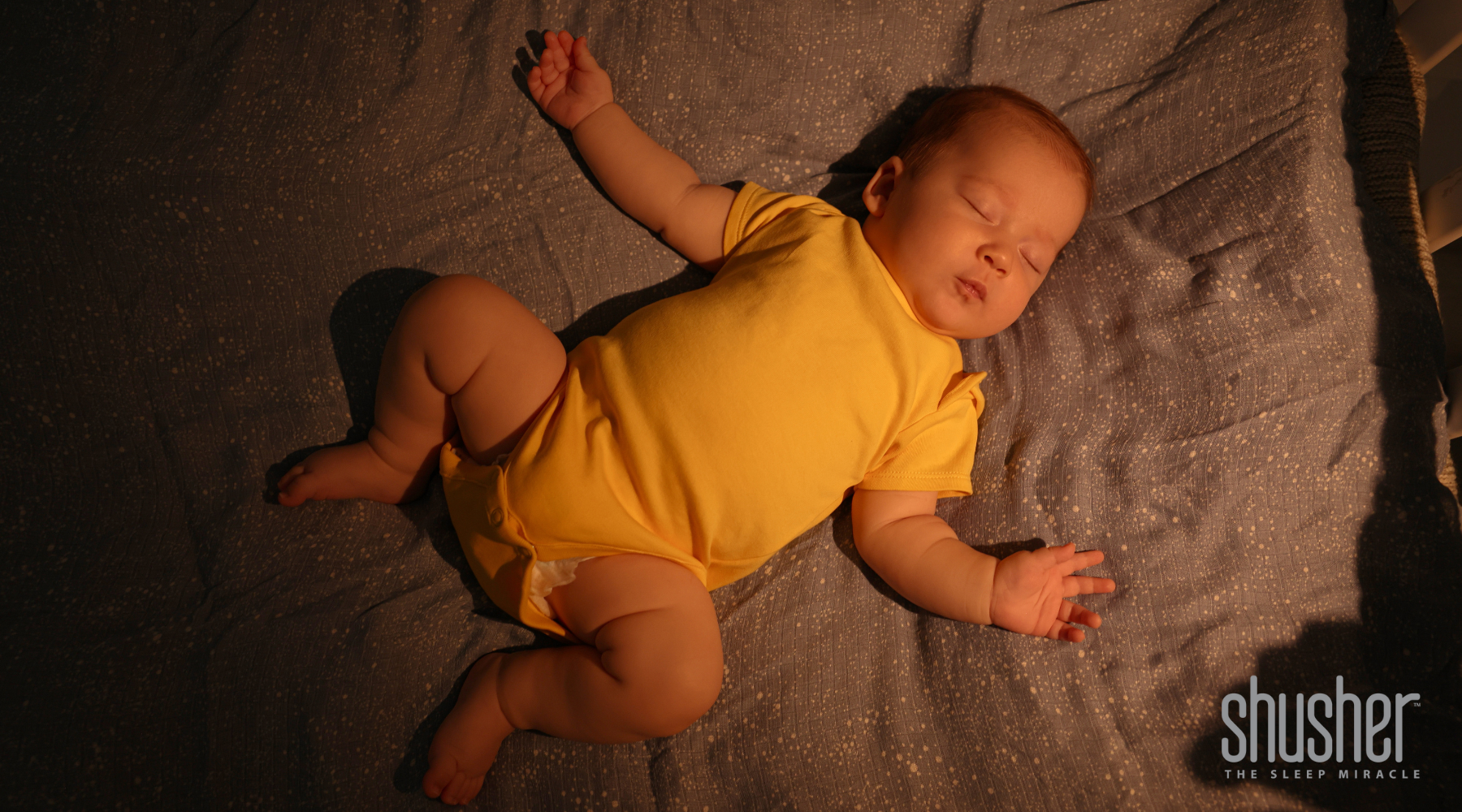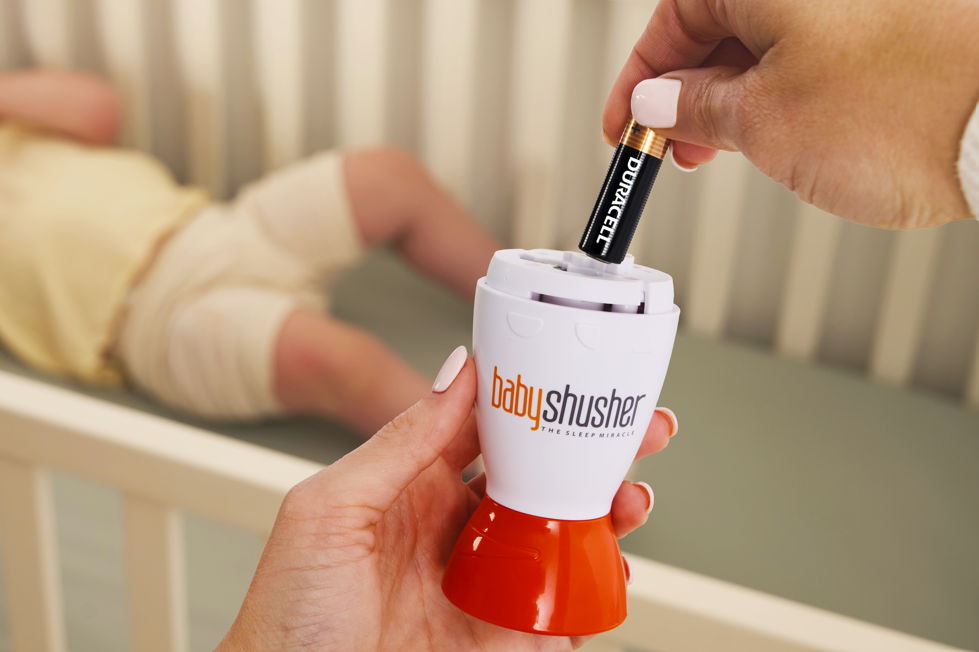Welcome back, sleep-deprived warriors! If you’re here, you’re either a soon-to-be-parent, or a curious soul hoping to crack the elusive code of “baby sleep.” Well, grab your coffee, because we’re diving deeper into the magical, soothing world of red light and baby sleep. But does it really work? Let’s let the science do the talking.
A Quick Recap: Why Red Light?
Before we get too far, a refresher. Red light therapy is all about those longer wavelengths. Unlike blue light, which we know throws off your (and your baby’s) circadian rhythms, red light is the gentle nightlight we never knew we needed. It doesn’t interfere with melatonin production – the hormone responsible for helping your little one snooze – and might even boost it.
But enough about that! We’re here to go beyond the basics. Let’s look at some fresh research, because “Mom said so” just doesn’t cut it when it comes to infant sleep.
Latest Research on Red Light and Baby Sleep
Study #1: A New Parent’s Best Friend
Researchers at the University of Montreal conducted a study in 2023 examining the effects of red light on infant sleep patterns. Their findings? Babies exposed to red light during their nighttime routine fell asleep an average of 15% faster compared to those exposed to regular white or blue light. I mean, when you’re dealing with 3 a.m. wake-ups, 15% can feel like winning the sleep lottery!
One fascinating tidbit? The study also revealed that babies woke up fewer times during the night when red light was present.
Study #2: Building the Melatonin Bridge
Another recent study from Pediatrics and Neonatal Medicine Journal explored how red light impacted melatonin production in infants. Turns out, red light exposure just before bedtime helped maintain steady melatonin levels, allowing babies to fall into those deeper stages of sleep. It’s as if red light helps babies build their very own bridge to dreamland – no tolls required.
In the words of sleep expert Dr. Jane Hopkins, “Red light creates a sleep-conducive environment for infants by mimicking the natural hues of sunset, which our bodies interpret as a signal that it’s time to wind down.” Essentially, red light is Mother Nature-approved.
But, Does it Work for Every Baby?
As with all things parenting, there’s no one-size-fits-all. While the majority of studies show that red light can improve sleep, it’s important to remember that every baby is unique. Some may take to red light like a duck to water, while others may still prefer the comfort of their favorite sound machine. You know… like the Baby Shusher, which you definitely have in your sleep toolkit, right? (Wink, wink!)
That said, a few experts suggest gradually incorporating red light into your baby’s sleep routine if you’re transitioning from another lighting setup.
Expert Opinions: Why Red Light Wins
Leading pediatricians and sleep consultants are getting behind red light as the least disruptive form of lighting for bedtime routines. According to The Sleep Lady herself, Kim West, “Red light is an easy addition to bedtime routines. It doesn’t overstimulate infants, which is key when trying to create an environment that encourages restful sleep.”
How to Use Red Light in Your Baby’s Routine
Okay, now that you’re sold (or at least intrigued), here’s how you can incorporate red light into your nightly routine without turning your baby’s room into a glowing spaceship:
Choose the Right Bulb: Not all red lights are created equal. Look for lights that are specifically designed for sleep, meaning they emit low-intensity, long-wavelength red light. And, check out our newest Shusher, the Firefly - with a built-in amber nightlight for all the red light goodness. Timing is Everything: Start using the red light about 30 minutes before bedtime to signal to your baby’s body that it’s wind-down time. Bonus tip: You can even use it during late-night feedings to keep things mellow. Pair it with the Perfect Routine: Combine red light with other soothing bedtime rituals – maybe a warm bath, a cozy story, and, of course, a little Baby Shusher action. Because we all know that sound is just as important as sight when it comes to sleep.
Final Thoughts: Can Red Light Be Your Sleep Savior?
This science is stacking up in favor of red light, and if you’re desperate for an extra hour (or even five minutes) of sleep, it might be worth giving it a try. As the latest studies show, red light therapy is more than just a trend – it’s rooted in solid research, with experts recommending it as a gentle, effective way to help babies sleep better.
So, if you’re ready to throw in the towel on sleepless nights, try incorporating red light into your baby’s bedtime routine. It could be just the secret weapon you need.

